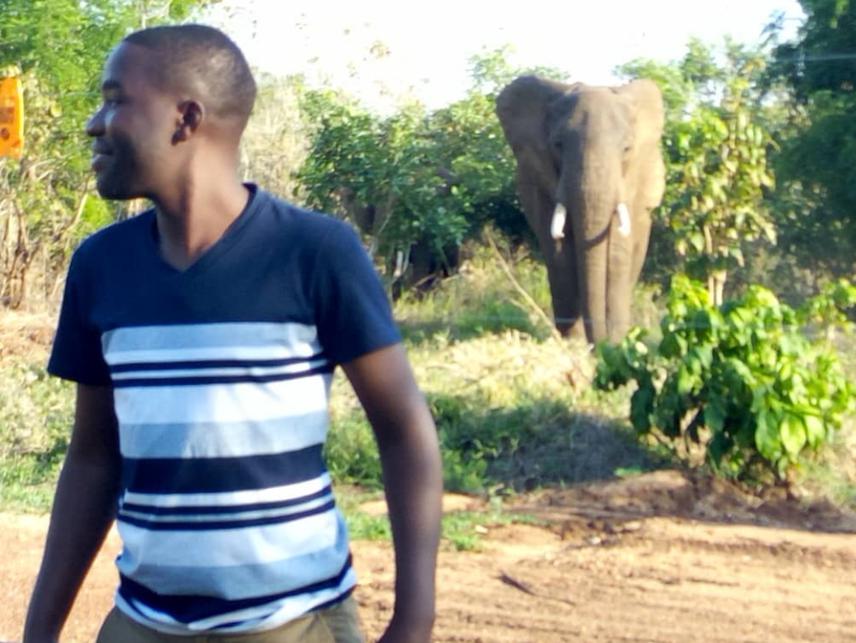John Erasto Sanare
Other projects
11 Aug 2022
Elephants: Moving from Conflicts to Coexistence with People in Enduimet Wildlife Management Area, West Kilimanjaro
19 Jan 2024
Exploring Human-Elephant Coexistence: Testing a Conflict Mitigation Tool for Elephant in Enduimet Wildlife Management Area, West Kilimanjaro
In Tanzania, the co-existence of people and elephants has been reported across different landscapes. Elephants may have both negative (crop-raiding) and positive (tourism attraction) impacts on people and livelihoods, especially in communities living adjacent to protected areas (PAs). Ensuring the long-term human-elephant co-existence requires mitigation of the elephants’ negative impacts. Therefore, this project aims to understand human-elephant conflicts (HECs) causes, identify hotspot areas of conflicts, and propose mitigation measures to avoid the conflicts. We will use camera traps, aerial wildlife surveys data as well as habitat assessment through remote sensing techniques in the Kitendeni wildlife corridor. Insights from this study will help to reduce HECs and promote management of the corridor through involvement of local communities, Moreover, information of habitat transformation and its effects on current and potential elephant distribution will improve and inform management authorities on elephant conservation actions between people and elephants outside protected areas (PAs).

The co-existence of people and elephants in Tanzania is a significant conservation challenge (Kioko, 2011). Elephants make use of 41% of Tanzania, but only 30% of Tanzania is protected areas (PAs). While most elephant populations reside in (PAs), where intensive conservation measures can be employed, many elephants spend considerable time outside protected areas resulting in HECs (Kami et al., 2006). In Africa, elephants have declined by more than 50% over the last ten years (Thouless et al., 2016). In Tanzania, illegal killings of elephants for ivory has been associated with an estimated loss of 50,000 elephants between 2009 and 2014 (Wittemyer, 2014). Across protected areas (PAs) in Tanzania, the loss of elephants has been attributed to habitat conversion due to human settlements, livestock grazing and logging (Okello et al., 2015). Growing human populations around PAs and wildlife corridors have led to harvesting and overexploitation of natural resources.
In the Kitendeni wildlife corridor (KWC), which links Kilimanjaro and Amboseli National parks in Tanzania and Kenya, respectively, is highly threatened by anthropogenic activities (Kideghesho, 2001). As a result, there is a decreasing of wildlife habitat and increasing HECs (Noe 2003). Therefore, this project intends to use camera traps, aerial wildlife surveys data as well as habitat assessment through remote sensing techniques in the KWC to understand factors which cause HECs and propose mitigation measures to reduce HECs. This will ensure long term protection of elephants and promotion of human livelihoods in proximity to elephants. Furthermore, the project will provide significant information for improving wildlife management and gives a better understanding on how to mitigate or prevent further HECs, especially in wildlife migratory and dispersal corridors. Moreover, this study will produce a detailed map of the land use and land cover classes map, in relation to the locations of documented HECs in the KWC. This map is essential and will be useful for long-term planning and conflict prevention within the KWC as well as other wildlife corridors in the country.
The project outcomes will also help to understand anthropogenic threats facing the KWC and how can be mitigated. Additionally, information of habitat transformation and its effects on current and potential elephant distribution will improve and inform management authorities on elephant conservation actions between people and elephants outside protected areas.